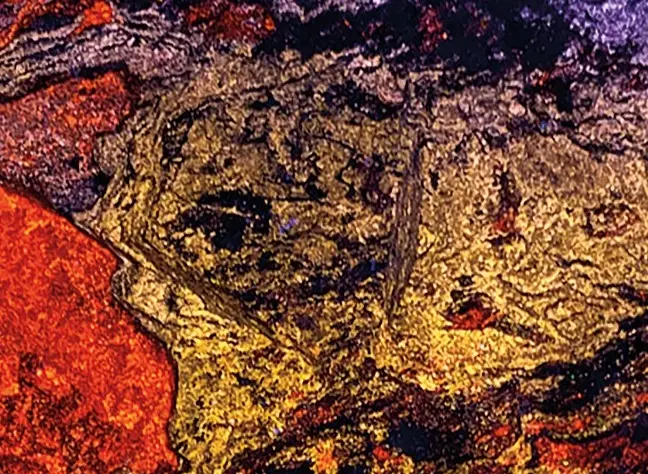Activators in Minerals and the Role of Electronic Defects
Luminescence in minerals is created by ions, groups of ions, or electronic defects that can absorb energy and emit it as visible light. These units are commonly referred to as “centers” or “activators.” They can be impurities in the mineral or intrinsic constituents. In some cases, separate ions (so-called “sensitizers”) act to aid the luminescence process by preferentially absorbing energy and sending it to the emitting unit. In other cases, ions or electronic defects can slow the emission process by trapping excited electrons. Ions preventing emission from other luminescence centers are called “quenchers.” Some impurities can potentially create almost any luminescent color, while others are known for particular colored emission. Luminescence may exhibit strong zonation in crystals due to selective uptake of the activating ions.
Activators in Minerals and the Role of Electronic Defects Read More »


